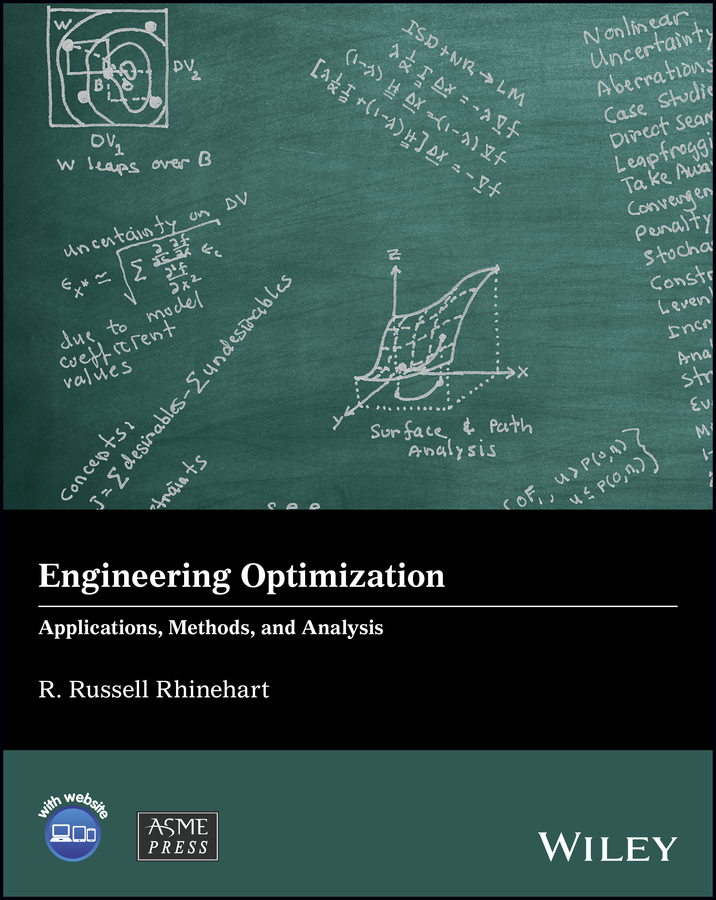<p><b>An Application-Oriented Introduction to Essential Optimization Concepts and Best Practices</b></p> <p>Optimization is an inherent human tendency that gained new life after the advent of calculus; now, as the world grows increasingly reliant on complex systems, optimization has become both more important and more challenging than ever before. <i>Engineering Optimization</i> provides a practically-focused introduction to modern engineering optimization best practices, covering fundamental analytical and numerical techniques throughout each stage of the optimization process.</p> <p>Although essential algorithms are explained in detail, the focus lies more in the human function: how to create an appropriate objective function, choose decision variables, identify and incorporate constraints, define convergence, and other critical issues that define the success or failure of an optimization project.</p> <p>Examples, exercises, and homework throughout reinforce the author’s “do, not study” approach to learning, underscoring the application-oriented discussion that provides a deep, generic understanding of the optimization process that can be applied to any field.</p> <p>Providing excellent reference for students or professionals, <i>Engineering Optimization</i>:</p> <ul> <li>Describes and develops a variety of algorithms, including gradient based (such as Newton’s, and Levenberg-Marquardt), direct search (such as Hooke-Jeeves, Leapfrogging, and Particle Swarm), along with surrogate functions for surface characterization</li> <li>Provides guidance on optimizer choice by application, and explains how to determine appropriate optimizer parameter values</li> <li>Details current best practices for critical stages of specifying an optimization procedure, including decision variables, defining constraints, and relationship modeling</li> <li>Provides access to software and Visual Basic macros for Excel on the companion website, along with solutions to examples presented in the book</li> </ul> <p>Clear explanations, explicit equation derivations, and practical examples make this book ideal for use as part of a class or self-study, assuming a basic understanding of statistics, calculus, computer programming, and engineering models. Anyone seeking best practices for “making the best choices” will find value in this introductory resource.</p>
Mechanical engineering and materials
Engineering Optimization
₹9,079.00
Applications, Methods and Analysis
This book is currently not in stock. You are pre-ordering this book.

